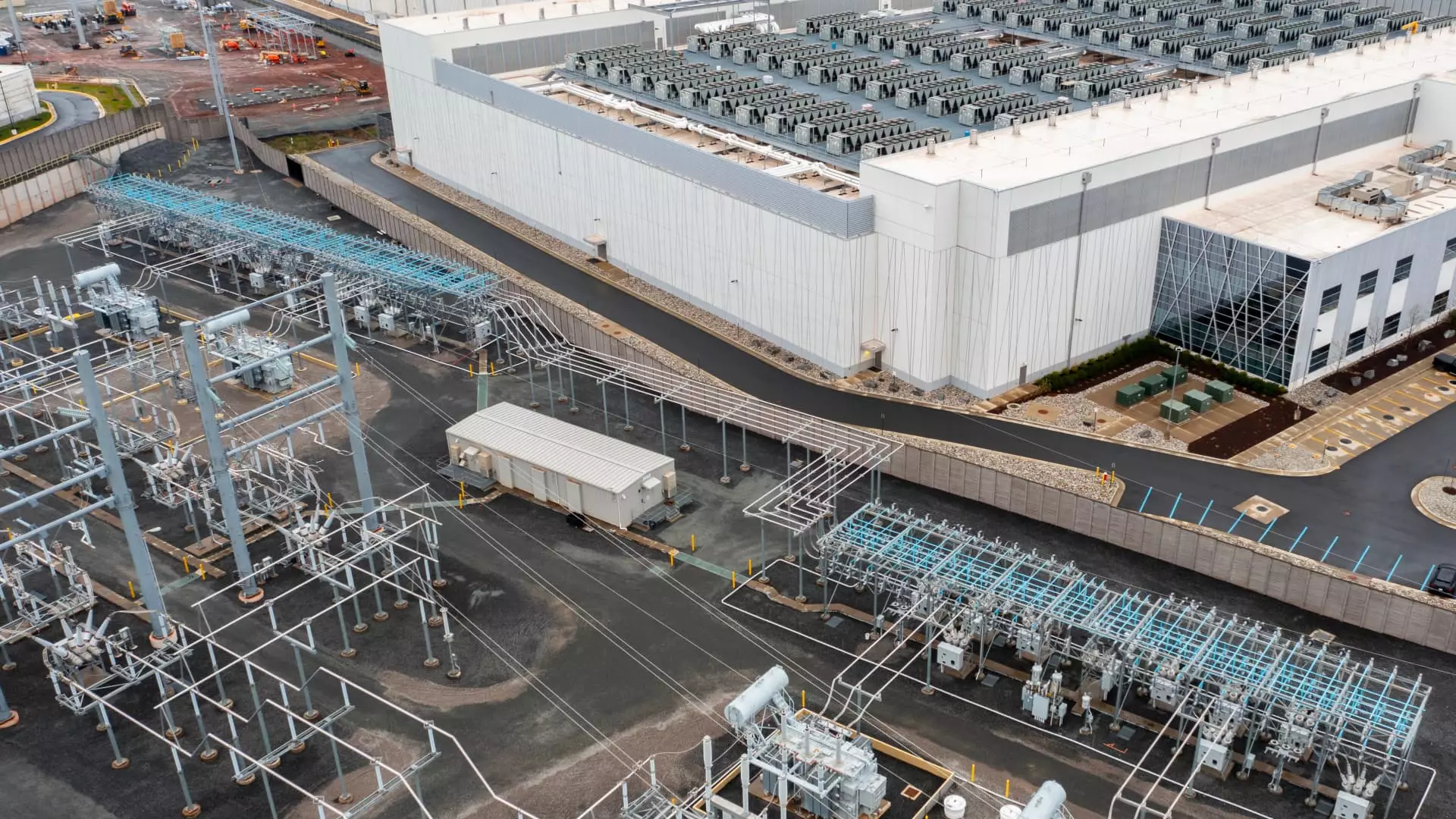The intersection of technology and energy is witnessing unprecedented attention, particularly as the demand for artificial intelligence (AI) and data computation surges. Recently, a significant turning point came when the Federal Energy Regulatory Commission (FERC) refused a proposal from Talen Energy to increase power supply from the Susquehanna nuclear plant to a new Amazon data center. This decision underscores both the potential and pitfalls of integrating traditional energy sources like nuclear power into the burgeoning AI landscape.
In March, Talen Energy sold a data center campus to Amazon for $650 million, initiating plans to channel energy from the Susquehanna plant into the facility. The ambitious arrangement aimed to boost the power dispatched to the campus from 300 megawatts to 480 megawatts, reflecting a clear trend: data centers are increasingly reliant on substantial electricity resources. However, the FERC’s rebuttal highlights the complexities in facilitating such power allocations, raising questions about infrastructural readiness, regulatory frameworks, and economic viability.
The implications of the FERC’s decision extend beyond Amazon; they send ripples through the market as investors reassess the future of AI-related power demands. Talen Energy expressed concern about a “chilling effect” on investments in vital states such as Pennsylvania, Ohio, and New Jersey, pointing to a broader hesitation among energy producers regarding potential partnerships with tech giants.
The immediate aftermath of the FERC’s ruling was characterized by notable declines in stock prices for energy companies, particularly Talen Energy, which saw its stock plummet more than 5% in premarket trading. Constellation Energy and Vistra Corp., both identified as potential players in similar agreements, also experienced stock dips—over 11% and nearly 3% respectively. This decline signals investor apprehensions about the feasibility of future nuclear-energy partnerships with technology companies, indicating that the underlying energy market remains volatile and vulnerable to regulatory decisions.
Amid this turbulence, Talen maintains that the current capacity of 300 megawatts is still sufficient to power the Amazon data center. Nonetheless, the company’s proactive approach hints at exploring other commercial avenues in light of stagnant regulatory progress. This strategy suggests a shift in focus toward maintaining operational stability while pursuing other partnerships or innovations.
Talen’s judicial battle over power allocations taps into a wider concern about grid reliability and economic pressure on consumers. FERC Commissioner Mark Christie’s opinion acknowledges that the rejected power increase could have far-reaching implications for both the stability of the energy grid and consumer prices. The sophistication of reliance on AI technology often results in fluctuating energy demands that can overstrain existing infrastructures.
This situation is especially poignant in the context of nuclear energy, which is lauded for being reliable, carbon-free, and fossil fuel-free. However, the hesitation from regulatory bodies reflects an aging energy infrastructure not entirely equipped to support the increasing load expected from data-intensive enterprises.
As the digital economy continues to expand, the role of energy providers will evolve. Companies like Constellation, which is eyeing a restart of the Three Mile Island plant to support Microsoft’s data consumption, illustrate the increasingly evident symbiosis between tech giants and traditional energy sources. Nevertheless, the FERC’s position reveals that navigating future deals might be fraught with regulatory challenges.
Investors still exhibit enthusiasm for energy companies, as evidenced by Constellation and Vistra’s stock performance this year, fueled by expectations of lucrative opportunities stemming from tech sector energy needs. Ultimately, the path forward will depend heavily on collaboration among tech firms, energy producers, and regulatory agencies. As they adapt to this rapidly changing landscape, stakeholders must foster dialogue that ensures reliable energy solutions while addressing the cascading implications of policy decisions.
The unresolved tensions between nuclear power and the burgeoning demands of AI infrastructure will require innovative approaches and cooperative strategies to align regulations with the energy needs of a digital world. As regulators, energy companies, and tech giants navigate this dynamic environment, the quest for sustainable solutions becomes more pressing than ever.

